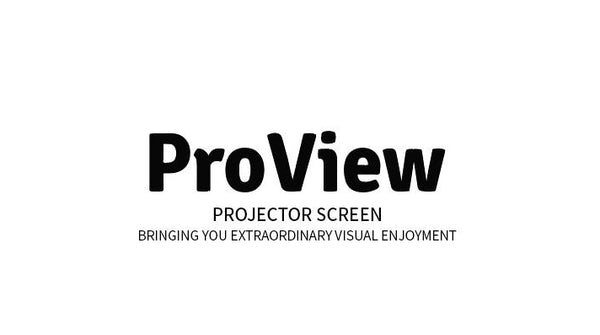SCREEN GAIN
A projector screen works by reflecting the light back from your projector to your audience's eyes.
The brightness of the image reflected back off of the display's surface is measured in units of gain, gauging the reflectivity of that surface.
The gain number represents a ratio of light that is reflected back from a surface from a light source.
A screen with a gain measurement of greater than 1.0 infers that the image projected back off of the surface is brighter than the image being projected at the surface.
For example; a movie screen with a gain of 1.5 will project back the light 1.5x brighter than the light being projected at the screen. A 1,000 lumen projector aimed at a screen with 1.5 gain will be perceived at 1,500 lumens. The display achieves this by focusing the light into a more narrow reflective angle, instead of uniformly reflecting the light in all directions. This is why higher gain screens have a smaller viewing angle.
A projector screen with a gain measurement of .8 will reflect back at 80% of the original brightness. That same 1,000 lumen projector will be viewed by the audience at only 800 lumens.
While it might seem like you’d always want a higher gain, brighter doesn’t always mean better. A projector screen with a lower gain has a wider viewing angle so if you have a wider space a lower gain would be better. Lower gain screens also help prevent hotspotting and reflect colors more accurately. Lower gain screens also help to bring out more vivid blacks and enhance a projector's native contrast ratio.
